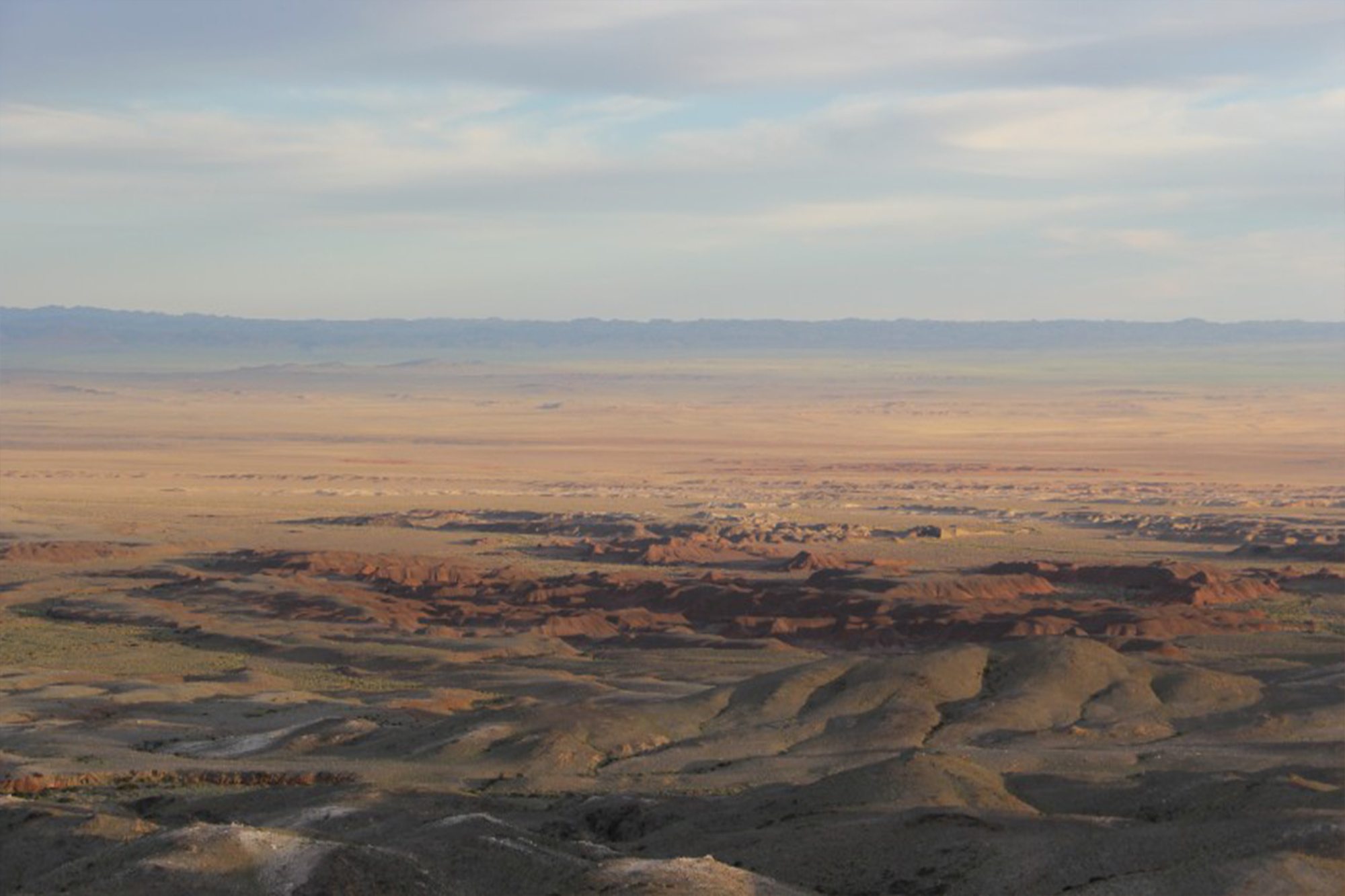
TSAKHIURT VALLEY STONE SMITH’S PLACE
It was discovered in the 1990s by Mongolian-Russian-American joint researchers. This place, where ancient people made stone tools, is considered the largest in Central Asia as well as in the world. It remains the traces of ancient people's life and the "remnants of Gobi" where stone tools were manufactured.
This settlement is located on the border of Bulgan Sum of Umungovi Province and Bogd Sum of Uvurkhangai Province. Covering an area of approximately 10,000 square meters, the site contains hundreds of thousands of monuments dating back to the early Paleolithic age. According to the researchers, its monuments cover a immense period of time, and similar place has never happened before in the world. The site was first discovered in 1995 by the Mongolian-Russian-American field research team of the project named “Mongolian Paleolithic Age”.
Geographically, it is a very interesting formation mixed with sand dunes, mounds, hills, gullies, and deep ravines and is located in the lowlands between the Gobi Gurvan Saikhan Mountain (Gobi Three Beautiful mountain) and Arts Bogd mountain. The siliceous rock of this valley was the main raw material for making the tools by early human ancestors. The state of preservation of stone tools and monuments is divided into three categories: "relics with high natural erosion", "relics with moderate erosion", and “relics with weak erosion". The research conducted in Tsakhiurt Valley has created the opportunity to discover the distribution and settlement of Paleolithic people in a vast area from the Arts Bogd mountain range to the Gobi Gurvan Saikhan mountain ranges. Also, the monuments of this settlement belonging to the late Paleolithic and the early Neolithic period provided a possibility to study the entire technology of stone tools’ production of that time.


